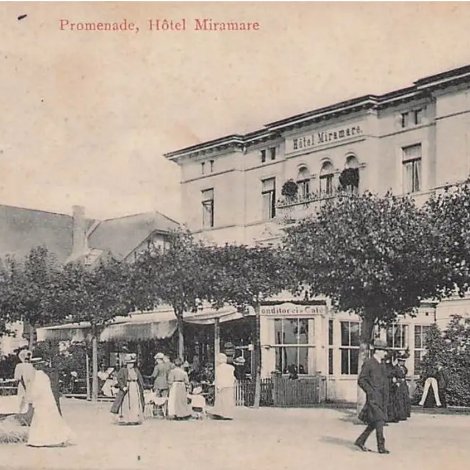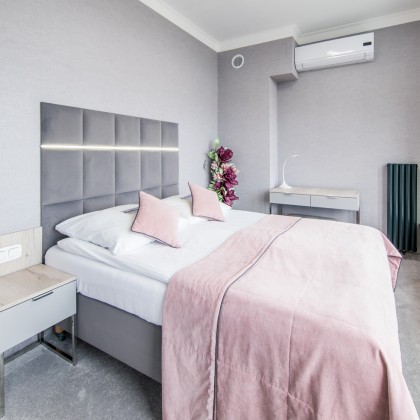

The first mention of Międzyzdroje dates back to 1186, when the Pomeranian Duke Bogusław I gave the lands around Lubin to the Kammin chapter. The village, known then as Misdroige, had commercial functions, including a customs house and an inn. In the 16th century, the settlement had about 8 households. After the Thirty Years' War in the 17th century, the population dropped to 15. In the 18th century, the village began to develop, and in the 19th century, it became a popular resort.
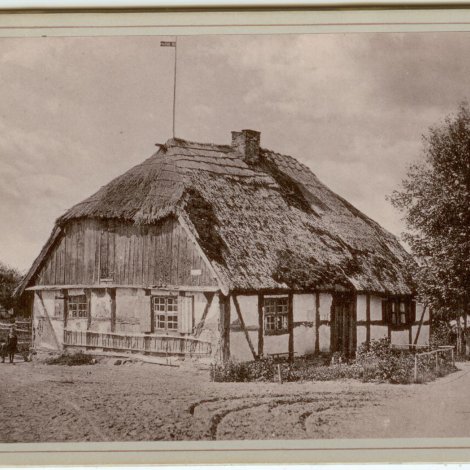


In the mid-19th century, Międzyzdroje transformed from a fishing village into a health resort. In 1860, the Belgian merchant Arnold Lejeune built a health house along the promenade, with a complex of three villas: Miramare (now Aurora), Mon Bijou, and Stella Maris, and established a health park. In 1879, the entire estate was purchased by the local government. By 1910, Międzyzdroje had 14 hotels, numerous guesthouses, and shops. In 1906, a new 300-meter-long pier was opened. In 1924, separate bathing areas for men and women were abolished, opening the beach to everyone.
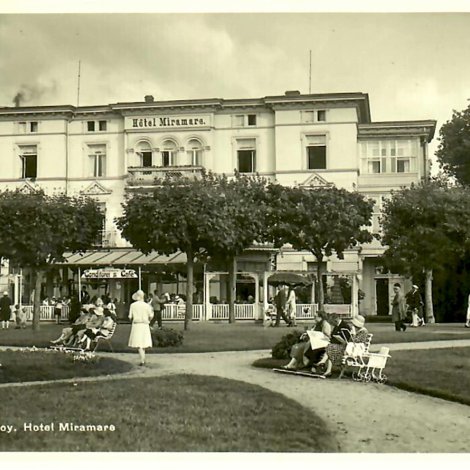


After World War I, Międzyzdroje continued to develop as a resort. By 1927, the city had about 100 year-round buildings with running hot water and telephone connections. Between 1926 and 1930, the health house by the park was rebuilt, and two major hotels were constructed: Seeblick (now Bałtyk) and Victoria (now Posejdon). In 1935, tourism reached its peak with 20,000 guests visiting the resort annually.
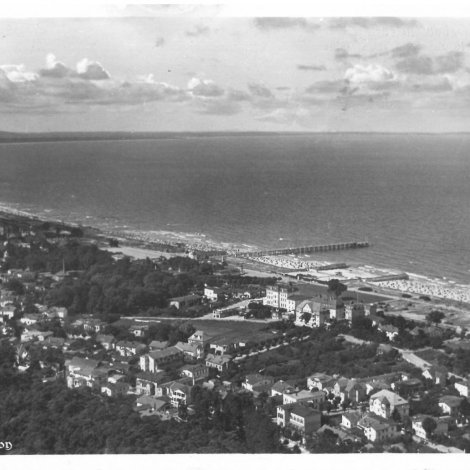


After World War II, Międzyzdroje became part of Poland. In 1959, the city boundaries were expanded. Today, Międzyzdroje is a popular seaside town, known for its beautiful beaches, the Promenade of Stars, and numerous tourist attractions.
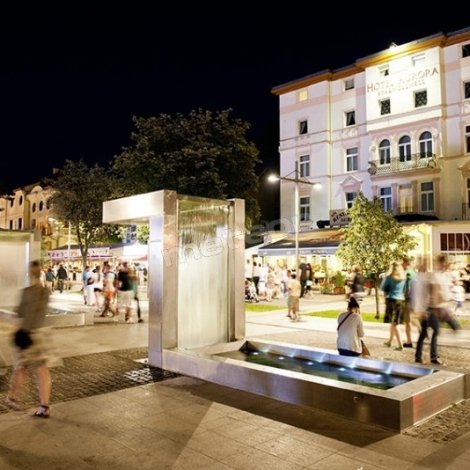


In 1860, Belgian merchant Arnold Lejeune built a health house along the promenade in Międzyzdroje, with a complex of three villas: Miramare, Mon Bijou, and Stella Maris. This ensemble was part of a development plan to turn the town into a health resort that attracted tourists and spa guests.
The Miramare building – now Hotel Aurora – became the heart of this complex. It was designed as an elegant villa, with architecture that reflected the trends of the time, featuring characteristic elements of Alpine style. The villa quickly gained a reputation and became one of the most prestigious buildings in Międzyzdroje.
In 1879, Lejeune sold the estate to the local municipality, which soon took responsibility for its further development. Over the following decades, the building served both curative and recreational purposes, with its popularity growing alongside the dynamically developing resort.
In the 20th century, particularly during the interwar period, Miramare became one of the most recognizable buildings in Międzyzdroje, attracting tourists from across Europe.
After World War II, the building changed owners several times and was eventually transformed into a hotel named Aurora, which remains an important landmark on the map of Międzyzdroje today, blending tradition with modernity. As a hotel, Aurora continues its recreational function, providing a comfortable stay for guests seeking relaxation by the Baltic Sea.
